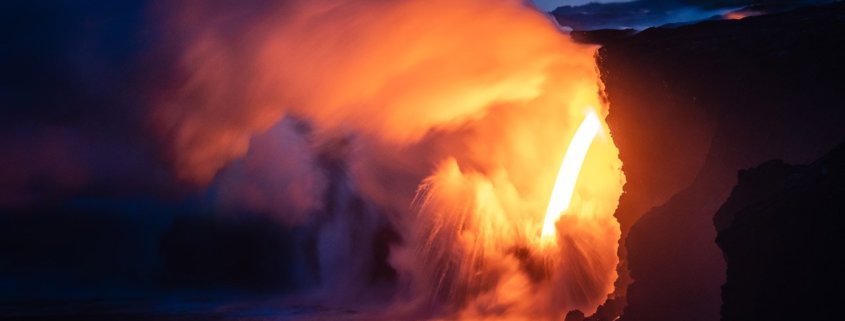Tips to Sharpen Your Landscape Photos in Lightroom
How should I sharpen my photos in Lightroom?
We get this question all the time from students. So it is no wonder that one of the more sought after qualities amongst outdoor and nature photographers is overall image sharpness. This is an important element, as having crisp details and textures within your image can either make or break your photo.
Understanding how to properly sharpen your nature photos during post processing has become a rather complex and highly detailed procedure over the years due to the advancements in editing software. The interesting thing about sharpening though, is that the entire process is merely an illusion as there isn’t any way to actually “sharpen” a photograph.
The wizardry known as sharpening in Lightroom (or any other software) is the result of selectively applying small amounts of contrast to the edges of your image. This modest amount of edge contrast is what creates the illusion that an image is actually sharper than it was straight out of camera. Sounds easy enough, but the tricky part is understanding the best way to sharpen multiple types of detail and textures within your image. Not all details are the same and they shouldn’t be enhanced as if they are.
Sharpening Workflow
When it comes to sharpening in Lightroom for nature photography, there is no one-size-fits-all approach. Within a single nature photo you can have various types of detail and textures that require enhancing. These include small to fine-sized detail, medium and large-sized detail, or maybe all three. Each level of detail should be enhanced or sharpened independently using specific tools and methods of application.
For example, in the image above, only the rock required a a strong edge sharpening. Not applying edge sharpening in rest of the image minimizes the noise. Similarly the ocean surrounding the rocks and the sky can benefit from texture enhancement.
There’s multiple tools available within Lightroom to enhance details and textures. Each method creates a similar yet different result depending on the level of detail you’re looking to enhance. Below are a few of my favorite tools that I use to sharpen my landscape photos.
Detail Panel
This tool is perhaps the most popular technique when it comes to sharpening in Lightroom. This approach is comprised of four sliders: Amount, Radius, Detail, and Masking. It is a fantastic option to sharpen the small to fine-sized details contained within your image.
Here is an example from my upcoming Sharpening in Lightroom Tutorial that shows you just how effective the Details panel in Lightroom can be.
The first image above (Image #1) is an abstract nature photo before I applied sharpening. I sharpened Image #2 using the details panels and other tools in Lightroom.
Texture Slider
This slider is perfect for sharpening and enhancing small to medium-sized details. I’ve found the best way to see the impact of this tool is to zoom in quite a bit and scrub the slider from -100 to +100. This is an easy way to visualize the level of detail that’s being impacted.
Dehaze Slider
This is an interesting one and something you might not think of as a means to sharpen an image. Not only does this slider resolve a flat, low contrast image, but it also applies a great deal of contrast to your scene. This results in the illusion of additional sharpening. Keep a careful watch on your global saturation as this can quickly get out of hand.
Selective Sharpening
One of my favorite aspects of Lightroom is the ability to selectively enhance specific areas of an image as opposed to applying a global affect. You can add sharpening to select regions of your image by using application methods such as the Radial Filter, Gradient Filter, and even the Adjustment Brush. This enables you to be highly selective with the areas of detail and textures you choose to enhance. When you look at a photograph, the most detailed areas of the image naturally draws the eye first. Only applying sharpening to certain regions is a great way to direct the viewers attention to specific portions of your scene.
There are multiple other ways to enhance detail and textures in Lightroom while also improving contrast in your nature photos, but these are a few of my favorite methods.
It is rather easy to get carried away with sharpening in Lightroom and create an image which looks rather unnatural or is full of halos. It is also important to understand how and where to apply sharpening to your nature photography. Properly sharpening your nature photos may seem like a highly technical and overwhelming process, but once you begin sharpening each size of detail independently, I’m sure you’ll quickly become impressed with the results.
Feel free to share your own sharpening techniques in Lightroom in the comments below:















